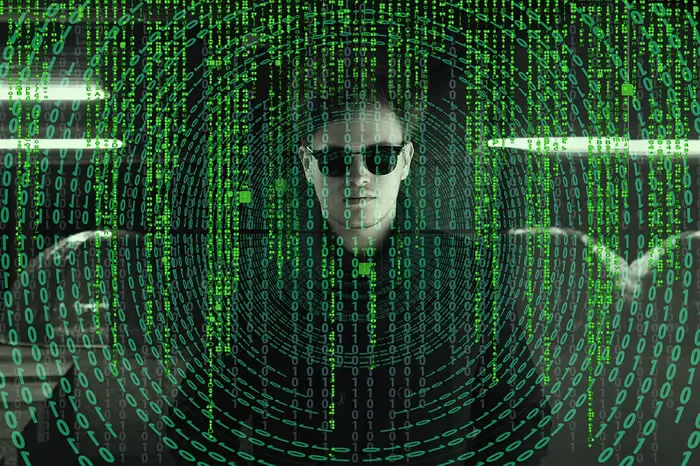In addition to sunglasses, leather trench coats and black clothing, The Matrix was known as a landmark film that redefined cinema as we know it.
It combined sleek gunplay with flashy martial arts moves and introduced us to Keanu Reeves’ Neo, aka Mr. Anderson. He was an ordinary man looking for something more before he was introduced to Morpheus and the concept of the Matrix.
Neo was then thrown into a world where he was given super powers that turned him into a God and allowed him to master everything almost instantly.
And right after that, Warner Bros released a string of bland sequels that never lived up to the hype of the first film.
A memorable scene occurs between Hugo Weaving’s Agent Smith and Joe Pantoliano’s Cypher, where he declares that “ignorance is bliss.” This happens over dinner, and Cypher agrees to betray Neo and Morpheous in exchange for a chance to return to the Matrix.
While most viewers would have mocked Cypher for its betrayal, it shows us why the Metaverse is an attractive option for the current generation. You can read more about the Metaverse here: blog.tezro.com/what-is-metaverse-crypto/
In a world where we are constantly bombarded with bad news and the stresses of life, escaping reality is becoming an increasingly attractive option.
Where people used to go on vacation, the metaverse now offers us an easy and affordable way to leave our current circumstances behind. This can be seen in the popularity of games such as The Sims and Second Life, which allow players to create alternate lives for themselves.
While the current metaverse platforms are nowhere as realistic as The Matrix’s simulations, we can see the appeal it provides to users.
In the metaverse, users are free to create their avatars and customize their appearance so that they can create the perfect embodiment of themselves without any restrictions.
As in The Matrix, Cypher asks to bring him back into the Matrix as a wealthy celebrity with no memories of his past life. Essentially, he’s asking for an escape from the misery that is real life.
Another similarity between the metaverse and the Matrix is how entire worlds can exist in a purely digital environment.
While the Matrix was created as a way to keep the entire human population docile, the metaverse serves a much more beneficial purpose. Instead of enslaving humanity, the metaverse is instead a form of virtual reality that allows users to connect on the Internet.
And in the metaverse, participants can open businesses, play games, create assets, and interact with each other. But unlike the Matrix, the metaverse is not interconnected. Instead, it consists of a network of several independently existing applications and platforms.
But just like in the Matrix, users can create their reality and customize their avatars to their exact taste. And this again adds to its appeal because of the escapism the metaverse offers.
While the metaverse is one of the most exciting technical developments in recent years, it has some serious issues to address.
First, there is the risk of digital addiction – a condition that develops when the patient becomes dependent on digital devices and stimuli.
A study has shown that about 420 million people suffer from it, and as the metaverse gets more immersive, we can only expect the number of digital addictions to rise.
Finally, the lack of enforcement and control over the metaverse is another major issue, with cases of racism and abuse walking unrestrained. And if left unchecked, what was once a brilliant idea will quickly turn into a wretched hive of scum and rogue.
While the Matrix was an excellent movie, you probably wouldn’t want to live in a world where a machine controls your reality.

